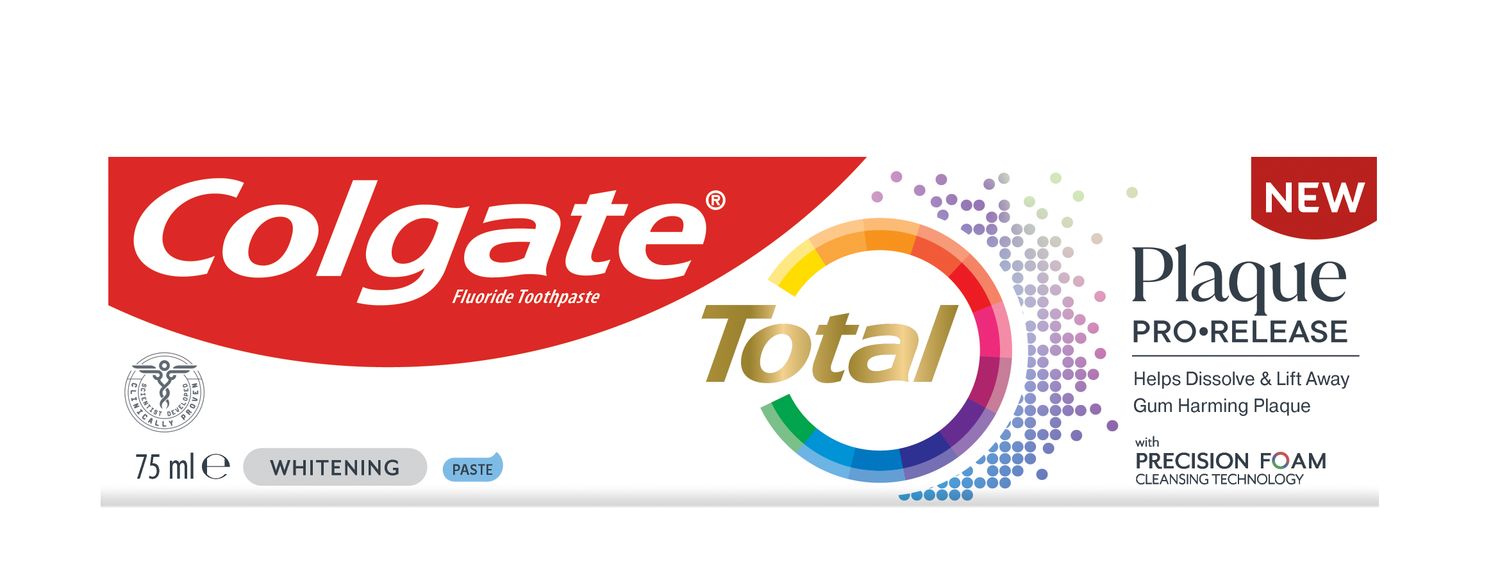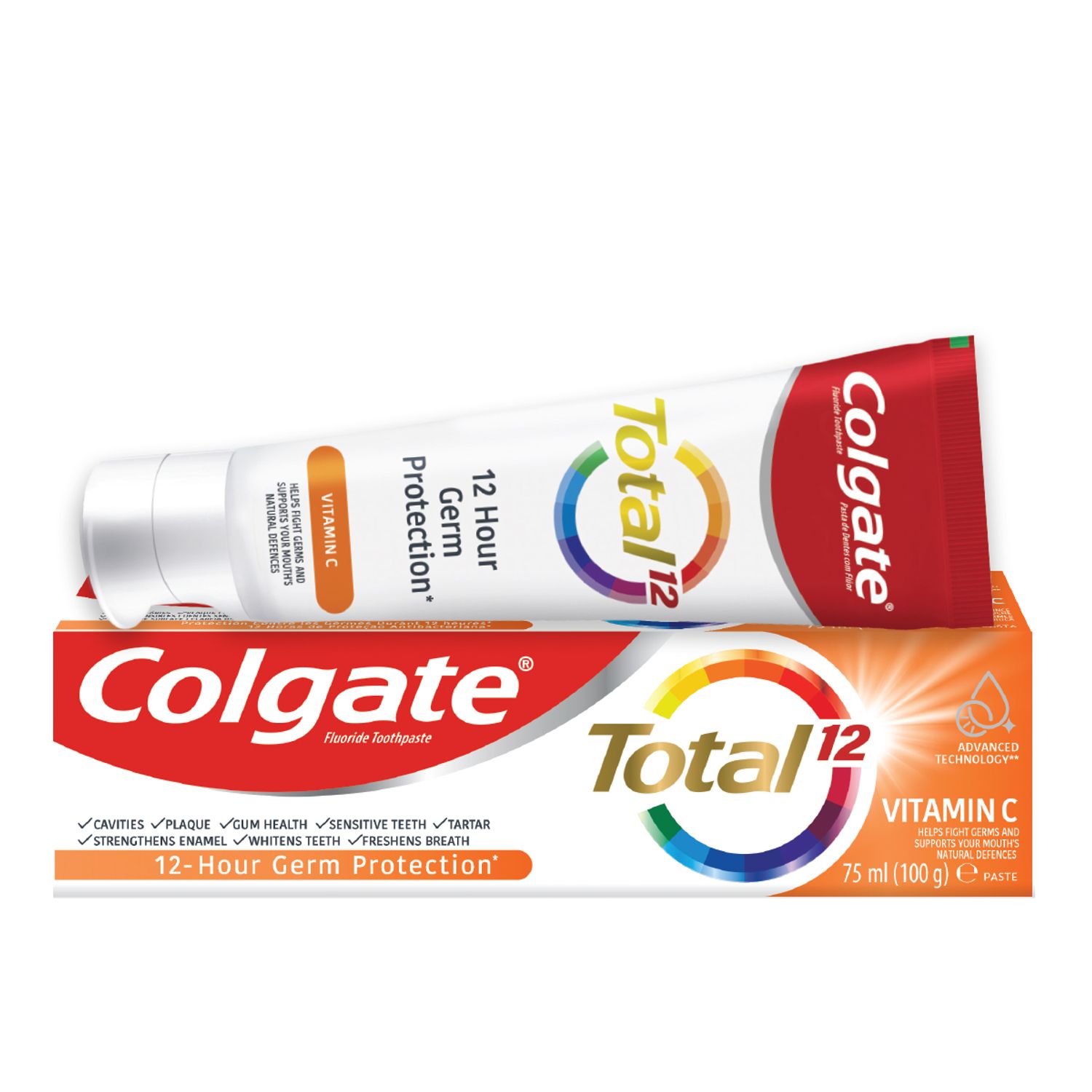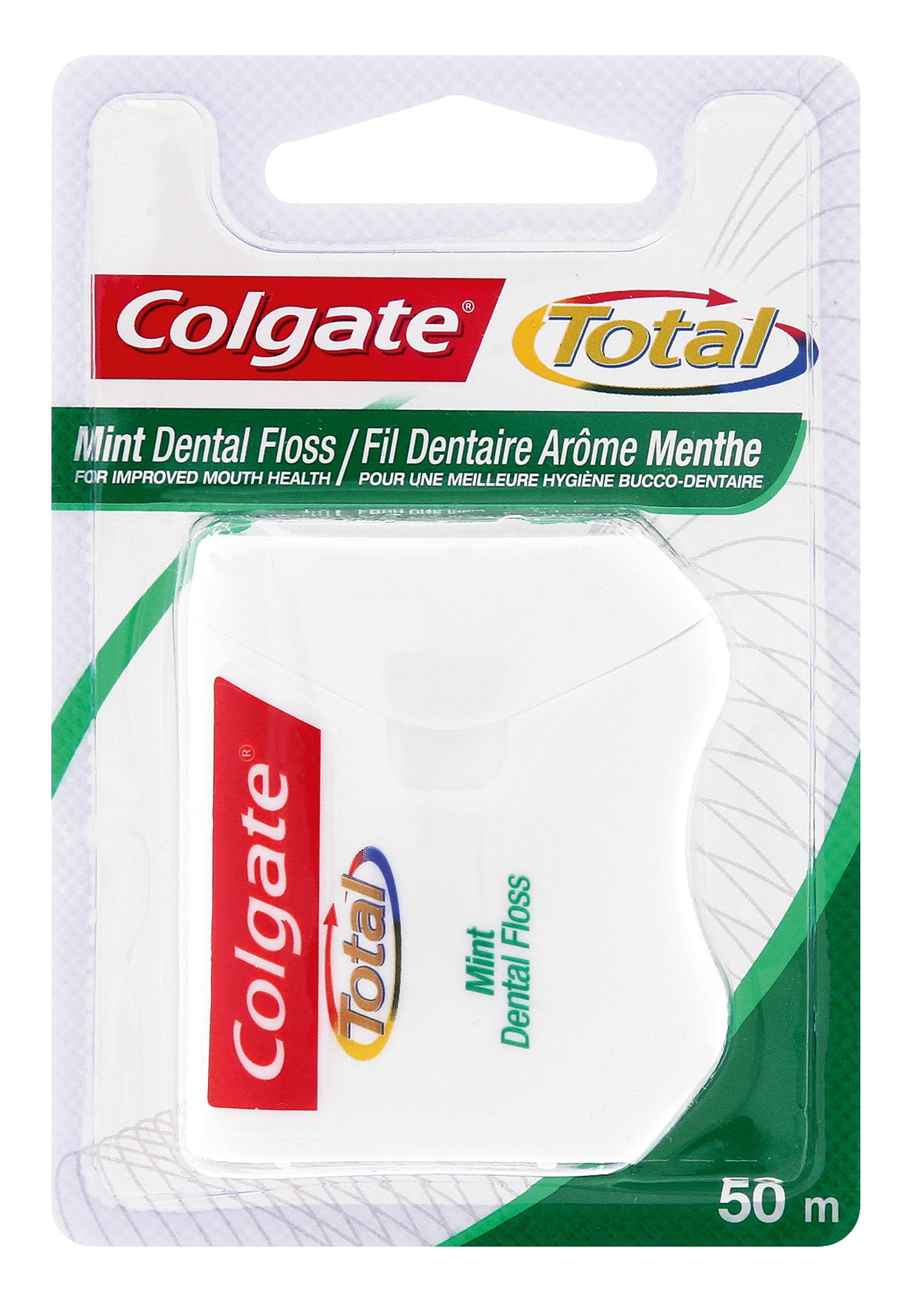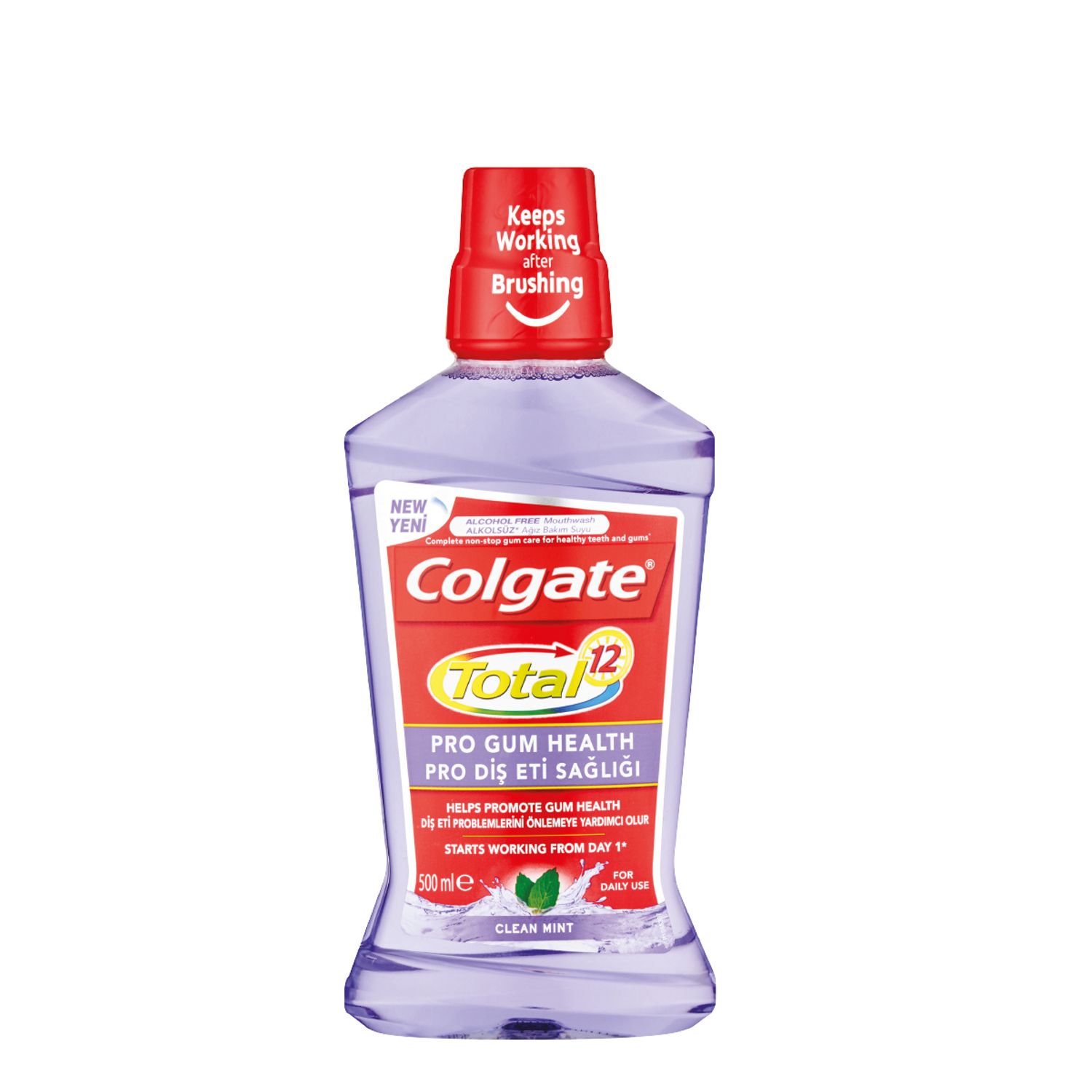What Are Dental Abscesses?
If you’re experiencing a concerning amount of pain or discomfort in your mouth, it may be caused by a condition known as a dental abscess. An abscess is a hole or dent created by germs that can occur in your tooth (periapical abscess) or gums (periodontal abscess).
Your abscess may be caused by:
- Not following a good oral care routine
- Traumatic injury to your face or mouth
- Dental work that has been damaged or broken.
Symptoms of a dental abscess may include:
- Continuous pain coming from your mouth, jaw, neck, or ear
- Swelling around the affected areas
- Sensitivity to touch, pressure, or temperature
- Unpleasant taste in your mouth due to the abscess draining
- Fever.
When Should I See a Professional?
If you’re wondering how to get rid of a tooth abscess without going to the dentist, the simple answer is that you can’t. Your dental health has reached the point where you need professional intervention and treatment, or it will continue to worsen. Luckily, this is a great opportunity to talk with your dental professional, and they’re specially trained to help you solve the problem and understand what has caused it.
We recommend booking an appointment with your dental professional immediately. In the meantime, we have some helpful tips for finding relief at home while you’re waiting for your appointment.
Helpful tip: The Mayo Clinic recommends visiting the emergency room if you experience swelling and fever or have trouble breathing or swallowing.
Finding Relief
It’s important to remember that home remedies for your abscessed tooth will not treat your abscess or address its underlying cause. Your abscess will not get better without treatment from a professional, and will likely worsen. However, there are options available that may help temporarily reduce your discomfort in the meantime, which can still offer tremendous relief.
While you wait for professional treatment, there are many options that can help provide relief for your discomfort from a dental abscess:
Over-the-Counter Medication
Medications can help to reduce your pain or swelling. If you decide to go this route, be sure to use these medications as instructed on the packaging. This may be effective in helping to reduce your discomfort, but don't let it prevent you from scheduling an appointment with your dental professional.
Cold Compress
You can use a store-bought icepack or make your own at home by freezing a washcloth or using a bag of ice or frozen veggies. Apply it to the affected area on the outside of your cheek for 10 minutes once an hour.
Antiseptic Mouthrinses
You can try three types of rinses to find relief.
- For a salt-water rinse, stir a few teaspoons of salt into warm (but not hot) water until it dissolves.
- Another option is to mix 3% hydrogen peroxide with water in a one-to-one ratio.
- If you're not the DIY type, you can purchase an over-the-counter antiseptic mouthrinse at your local pharmacy, grocery or convenience store.
Swish whatever mixture you choose around your mouth, or rinse with it after meals and spit it into the sink. Note that while this is a great habit in the early stages, it will not cure your abscess.
Helpful tip: While some dental conditions (such as gum problems) are reversible on your own with the help of proper dental care, dental abscesses will not heal on their own or through any methods you try at home. They require treatment and diagnosis from your dental professional and can lead to more serious conditions if left untreated.
Dental Abscess Treatment and Prevention
Please take comfort in the fact that while abscesses are unpleasant to deal with, they’re a regular occurrence at your dental office. Your dental professional is specially trained and equipped to diagnose the underlying cause of your abscess, provide appropriate treatment, and offer tips to prevent it from occurring again in the future.
Treatment for a dental abscess may include:
- Prescribed antibiotics (be sure to take these as instructed and only at the recommendation of your dental or medical professional)
- Professional removal of affected tissue, draining of the abscess, and cleaning affected areas of your mouth
- Root canal treatment if the abscess has entered the soft inside of your tooth.
To prevent future abscesses and avoid worsening the issues that led to your condition, it would be helpful to ensure you are practising a good and healthy dental routine.
Steps to maintain your oral health may include:
- Gently brushing your teeth for two minutes twice a day with a soft-bristled toothbrush
- Cleaning between your teeth once a day using floss, a flossing device, or an interdental brush
- Consuming a balanced diet that limits overly sugary or acidic foods and beverages
- Avoiding smoking and tobacco products
- Visiting your dental professional regularly.
Dealing with an abscess can be difficult, but you can see this as a challenge to improve your dental routine and avoid further problems in the future. You’ve made a great choice to inform yourself on what dental abscesses are, why you need professional treatment, and what you can do to find temporary relief in the meantime.













